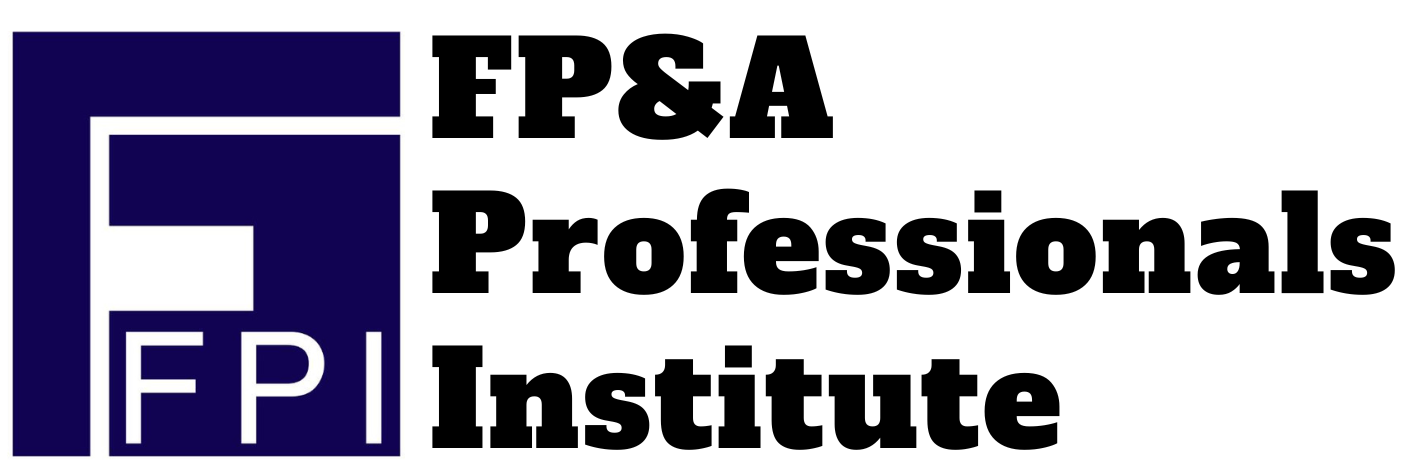The Role of Budgeting in FP&A: A Comprehensive Guide
Budgeting is the backbone of FP&A. It’s more than just working with numbers. It’s about aligning people and resources with strategy while staying flexible to unexpected changes.
A well-structured budget ensures a company’s financial health and provides a roadmap for achieving business objectives.
In this article, we’ll break down what budgeting means in FP&A, its importance, and the key steps involved in the budgeting process.

Understanding Budgeting in FP&A
At its core, budgeting is the process of translating a company’s long-term vision into actionable financial plans for the upcoming year. A budget serves as a financial blueprint, guiding critical business decisions related to:
- Where to invest
- What costs to cut
- Where to allocate resources
- Which strategic efforts to focus on
For example, if a company aims to double its turnover, triple profits, or expand into new markets over the next five years, these broad ambitions must be broken down into concrete, measurable annual targets. Budgeting acts as a financial guide to achieving these objectives.
A budget is essentially an estimated income statement for the next financial year. It includes projections for revenue, expenses, and operating profit, resembling a Profit & Loss (P&L) statement.
Companies may refer to this process as an annual business plan, annual operating plan, commitment, or target, but the essence remains the same—planning the financial trajectory for the next year.

Why is Budgeting Important in FP&A?
Budgeting plays a crucial role in ensuring that strategic goals are effectively translated into actionable plans. Here are four key reasons why budgeting is essential:
- Provides Direction and Focus Budgeting helps a company prioritize its resources and efforts. It identifies key focus areas, such as which products or geographies to target, ensuring that the organization’s energy aligns with strategic objectives.
- Creates a Phased Spending Plan A budget provides a structured roadmap for resource allocation. For example, if a company plans to hire 50 employees in the next financial year, the budget outlines when and how many hires will occur each quarter, ensuring optimal timing and efficiency.
- Holds Management Accountable A budget sets measurable targets for senior management and operational teams. These targets often tie into incentives, performance metrics, and variable pay. For example, a CEO’s sales target filters down to business unit heads, sales managers, and officers, ensuring accountability at all levels.
- Manages Cash Flows Effectively For businesses with seasonal cash flows, budgeting provides clarity on cash surpluses and deficits. It helps the company plan for credit lines, bank overdrafts, and financial relationships, ensuring liquidity throughout the year.

Steps in the Budgeting Process
A structured budgeting process ensures that financial plans are aligned with business objectives. Here are the key steps involved:
- Liaising with Business Teams The budgeting process begins with collaborating with business units to understand their outlook for the upcoming financial year. In large conglomerates, central finance teams liaise with business unit teams (e.g., Jewelry, Eyewear, Watches) to gather details on projected revenue, expenses, and margins.
- Analyzing Historical Data Historical data analysis happens at two stages:
a) Before Discussions: To prepare templates and gain context for business inputs.
b) After Input Collection: To validate assumptions against historical trends and investigate variances (e.g., unexpected growth or declines in revenue).
Providing Proactive Guidance FP&A teams may identify overlooked costs or areas needing attention. For example, if a business unit omits budgeting for an annual customer event, FP&A ensures such costs are captured by revisiting historical data and questioning assumptions.
3. Compiling the Budget Once all departmental inputs are collected, the company-wide budget is compiled, consolidating revenue, expenses, and profits into a single financial plan.
4. Reviewing with Senior Management The consolidated budget is presented to senior leaders like the CFO, business heads, or board of directors. Feedback is incorporated through multiple iterations (e.g., adjustments for aggressive or conservative targets) until a final version is approved and frozen.
5. Uploading the Budget The finalized budget is uploaded into a system, which can be:
- Integrated with ERP Systems: Provides real-time control by blocking expenses exceeding budget limits.
- External Planning Tools: Maintains flexibility but requires manual oversight to prevent overspending.

Iterative Revisions The budgeting process often involves several versions (e.g., Version 1, Version 2) before a final submission, ensuring alignment across all levels of the organization.
Timing of the Process Typically, budgeting begins 2-3 months before the start of the financial year. For example, planning for 2024 might start in October 2023, with multiple iterations leading to a final sign-off in December.
Budgeting vs. Forecasting
Budgeting and forecasting are often used interchangeably, but they serve distinct purposes in FP&A:
- Budgeting is a static financial plan for the upcoming year, detailing revenue and cost projections.
- Forecasting is a dynamic process that updates financial estimates based on actual performance, helping businesses adjust to market changes.
Both budgeting and forecasting work together to ensure companies remain financially agile and responsive to internal and external developments.
Budgeting is not just a financial exercise. it is a strategic tool that aligns goals, allocates resources, and fosters accountability, ultimately driving an organization’s success. By following a structured budgeting process, companies ensure they start the financial year with clarity and direction. Whether it’s called “budgeted revenue,” “committed profit,” or simply “the plan,” the key takeaway is that budgeting provides a structured approach to what the organization aims to accomplish in the coming year.
At FP&A Professionals Institute our mission is to help 1 million professionals master finance and FP&A skills. Whether you’re a beginner or an experienced professional, we offer comprehensive programs to help you excel.
🔗 Download Free FP&A Interview Prep Resources – Check the links here
🌐 Visit www.fpnaprofessionals.com to kickstart your FP&A journey today
If you found this helpful, don’t forget to like, share, and subscribe to our YouTube channel for regular FP&A insights.
